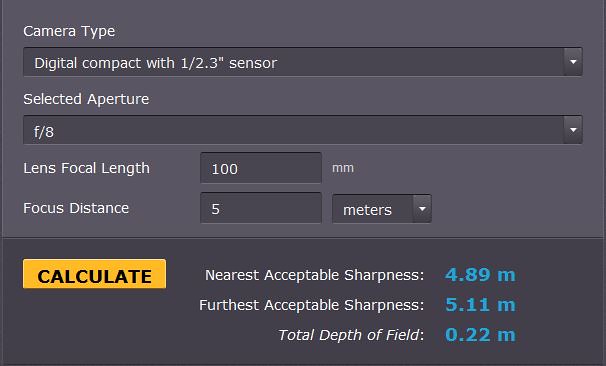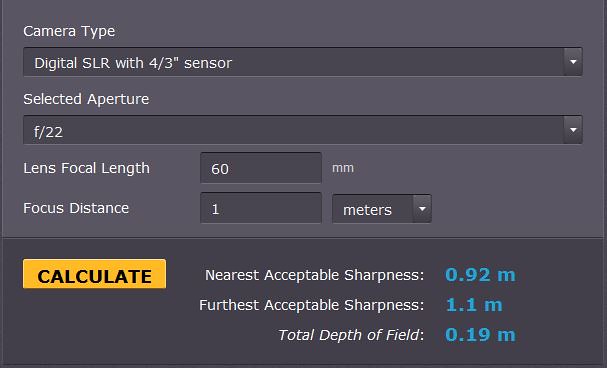So basically, if I stick with the raynox my working distance is the same, but I can increase focal length and get more magnification?
Yes. But bear in mind that with a camera lens that extends as you zoom, like the 55-250 STM, as you change the focal length/magnification/framing you may need to move the camera to get the working distance back into the zone where you can gain focus. This becomes more of an issue with more powerful close-up lenses.
So I'm going with a 55 -250 Canon STM IS.
Remember also that you can only get a particular range of magnifications/scene widths with a particular close-up lens on a particular piece of kit. For example, with the Raynox 250 on my 55-250 STM on my 70D I can capture scene ranging from around 50 mm wide at 55mm focal length down to around 12mm wide at 250mm.
What scene sizes you need to cover depends on what size of subject you are interested in and, for insects and spiders for example, whether you want to capture full body shots, parts of the body or the creature in its environment. If you want to do all of these and/or photograph subjects of very different sizes you may need more than one close-up lens. For example, when I used my 70D as my primary flower camera I would generally use the 55-250 by itself or with a mild Canon 500D close-up lens. For insects etc I most often use a Raynox 150, which is between the Canon 500D and the Raynox 250 in power (and working distance). However, I tend to go for whole body and environmental shots not "flies' eyes".
If you have a Raynox 150 and 250 you can stack them, which cover scene widths from about 32mm down to about 8mm on my 70D with 55-250 STM. The Raynox 150 by itself on the 55-250 covers scene widths from about 85mm down to about 19mm.
I can increase focal length/magnification and no longer have to shoot at 3.15mp to get the 150mm equivelant with the EZ function on the lx100. So I can shoot at full resolution and then crop which is a bonus.
Yes. What camera are you going to mount the 55-250 on?
I have the 55-250 STM on a 70D. It works ok but ... I don't know if you'll want to use autofocus. I use live view almost all the time for close-up/macro and the autofocus with Raynox lenses on the 55-250 works, but is not brilliant. I use a single focus box so I can place the centre of focus where I want, but the smallest focus box on the 70D is rather large compared to my Panasonic cameras, which makes for less precise focusing. Also, the focusing is significantly slower than with my Panasonic cameras and sometimes won't find focus at all in circumstances when the Panasonics will. You might want to take a look at
this post in the Macro and Close-up forum. (Incidentally, you may get better feedback about/help with macro/close-up issues by posting in the Macro and Close-up forum. There is a wide range of experience there, including beginners, so you don't need to be shy about joining in and asking questions/seeking feedback.)
 P1000459
P1000459 Garden Cross Spider (Araneus diadematus)
Garden Cross Spider (Araneus diadematus) P1000459
P1000459 Garden Cross Spider (Araneus diadematus)
Garden Cross Spider (Araneus diadematus)











 IMG_0204
IMG_0204 IMG_0212
IMG_0212 IMG_0209
IMG_0209 IMG_0213
IMG_0213